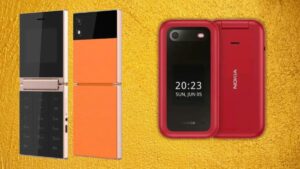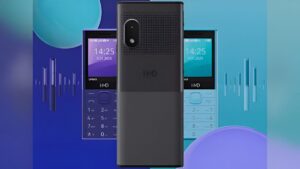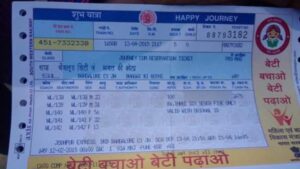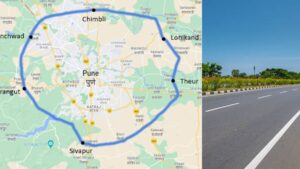Google’s Lookout app: Use your phone’s camera to read long documents quicker, understand food labels and more
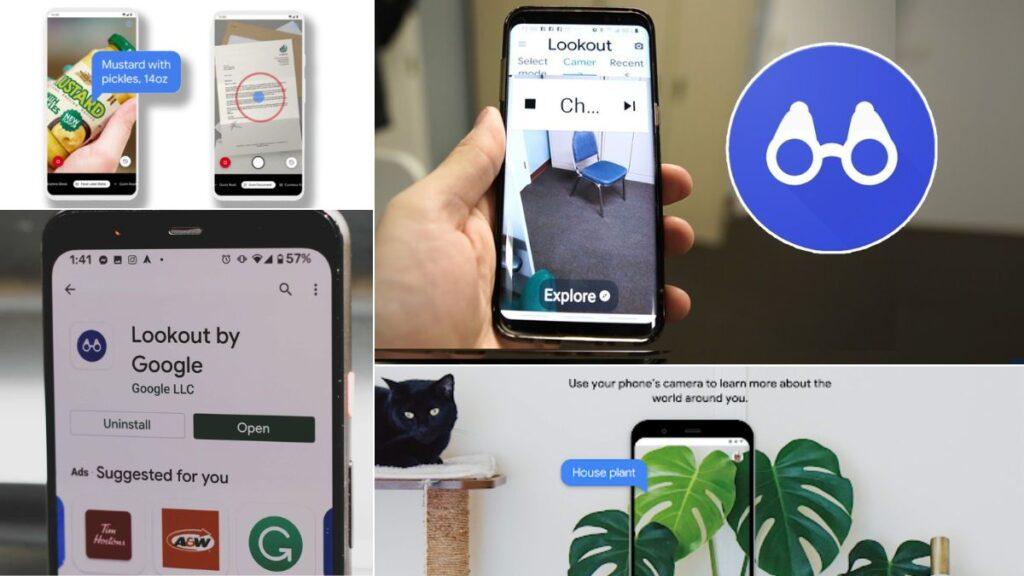
Google’s accessibility app, Lookout, can use your phone’s camera to find and recognize objects. Google has updated some of its accessibility apps to include features that will make them easier to use for those who require them.
It has released a new version of the Lookout app that can read text and even longer documents aloud to people with low vision or blindness. The app can also read food labels, recognize currency, and inform users about what it sees through the camera or in an image. The latest version includes a new “Find” mode that allows users to select from seven item categories, including seating, tables, vehicles, utensils, and bathrooms.
When users select a category, the app will recognize objects associated with it as they move their camera around the room. It will then inform them of the object’s direction or distance, allowing them to interact more easily with their surroundings. Google has also launched an in-app capture button, allowing users to take photos and quickly receive AI-generated descriptions.
The company also updated its Look to Speak app. Look to Speak allows users to communicate with others by selecting phrases from a list and instructing the app to speak them aloud using eye gestures. Google has now added a text-free mode, allowing users to trigger speech by selecting from a photo book of emojis, symbols, and photos. Even better, they can specify what each symbol or image means to them.
Google has also improved the screen reader capabilities of Lens in Maps, allowing it to tell the user the names and categories of places it sees, such as ATMs and restaurants. It can also tell them how far away a given location is. In addition, it is improving detailed voice guidance, which provides audio prompts that direct the user where they should go.
Four years after launching on Android and iOS, Google has finally made Maps’ wheelchair information available on desktop. The Accessible Places feature shows users whether the location they’re visiting can accommodate their needs — businesses and public venues with an accessible entrance, for example, will display a wheelchair icon. They can also use the feature to determine whether a location has accessible restrooms, seating, and parking. According to the company, Maps currently has accessibility information for more than 50 million places. Those who prefer to search for wheelchair information on Android and iOS will now be able to easily filter reviews based on wheelchair accessibility.
Google made all of these announcements, including Google’s Lookout app, at this year’s I/O developer conference, where it also revealed that it had open-sourced more code for the Project Gameface hands-free “mouse,” allowing Android developers to use it in their apps. The tool allows users to control the cursor with their head movements and facial gestures, making it easier to use their computers and phones.
